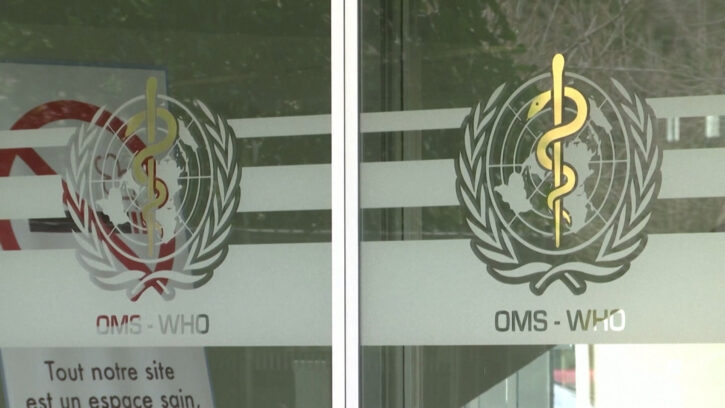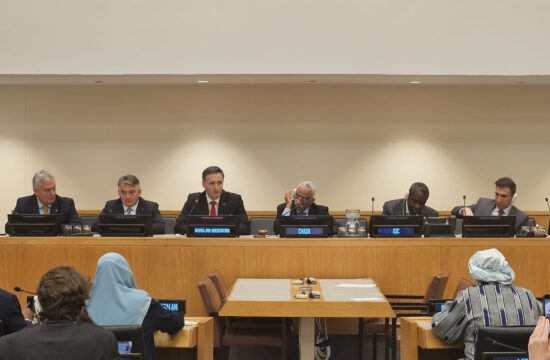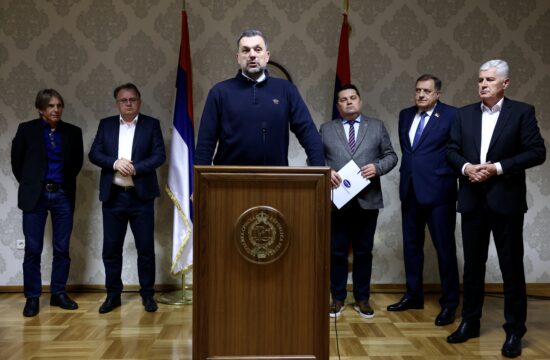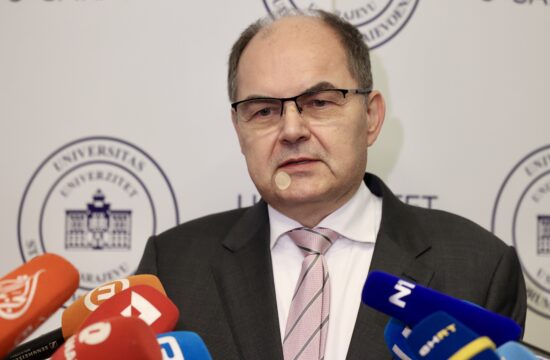
Coronavirus testing should be expanded to not only find people with no symptoms but also to cover those who have come into contact with someone positive for the virus, Maria Van Kerkhove, WHO’s technical lead for Covid-19, said Thursday.
The US federal government is fighting criticism for having revised back guidelines for who should be tested. New Centers for Disease Control and Prevention guidance says people who have been in contact with a coronavirus case might not need to be tested if they don’t have symptoms.
But the new guidance from WHO says just the opposite.
“What we’ve outlined are strategies to actively find cases,” Van Kerkhove said. “So we have recommendations to test suspect cases, and in situations where it is feasible and is possible, to expand testing where necessary to really look for the cases so that they could be isolated and contact tracing can ensue.”
When investigating clusters, Van Kerkhove said, “testing may need to be expanded to look for individuals who are on the more mild end of the spectrum or who may indeed be asymptomatic.”
“What’s really important is that testing is used as an opportunity to find active cases so that they can be isolated and so that contact tracing can also take place where you identify all of the contacts of a known case and that they can be quarantined,” she said. “And this is really fundamental to breaking down chains of transmission.”
Most important is to test people likely to be infected, she said.
“Our recommendations are to test suspect cases,” said Van Kerkhove, “and make recommendations that contacts, if feasible, should be tested regardless of the development of symptoms.”
Dr. Mike Ryan, director of WHO’s Health Emergencies Program, said that the primary purpose of testing, and what many countries are focused on, is to confirm whether a suspected case has Covid-19. This is what allows for contact tracing to begin.
This means that testing turnaround time is also important.
“The most important part of a testing strategy is to decide who you’re going to test, focusing on those suspect cases and then getting those people tested and getting those results back as quickly as possible and initiating the public health actions, either in terms of isolation or quarantining contacts, carrying out cluster investigations,” Ryan said during the briefing.
He agreed with Van Kerkhove that in situations where there has been a cluster of cases, there is a rationale for broader testing of other people who may have been exposed and could be carrying the virus, even if they are asymptomatic or presymptomatic.
“We need to focus on testing the right individuals, we need to focus on maximizing the testing within clusters and we need to focus on the quality of that testing and the speed of turnaround of that testing, and then what happens next,” he said.



